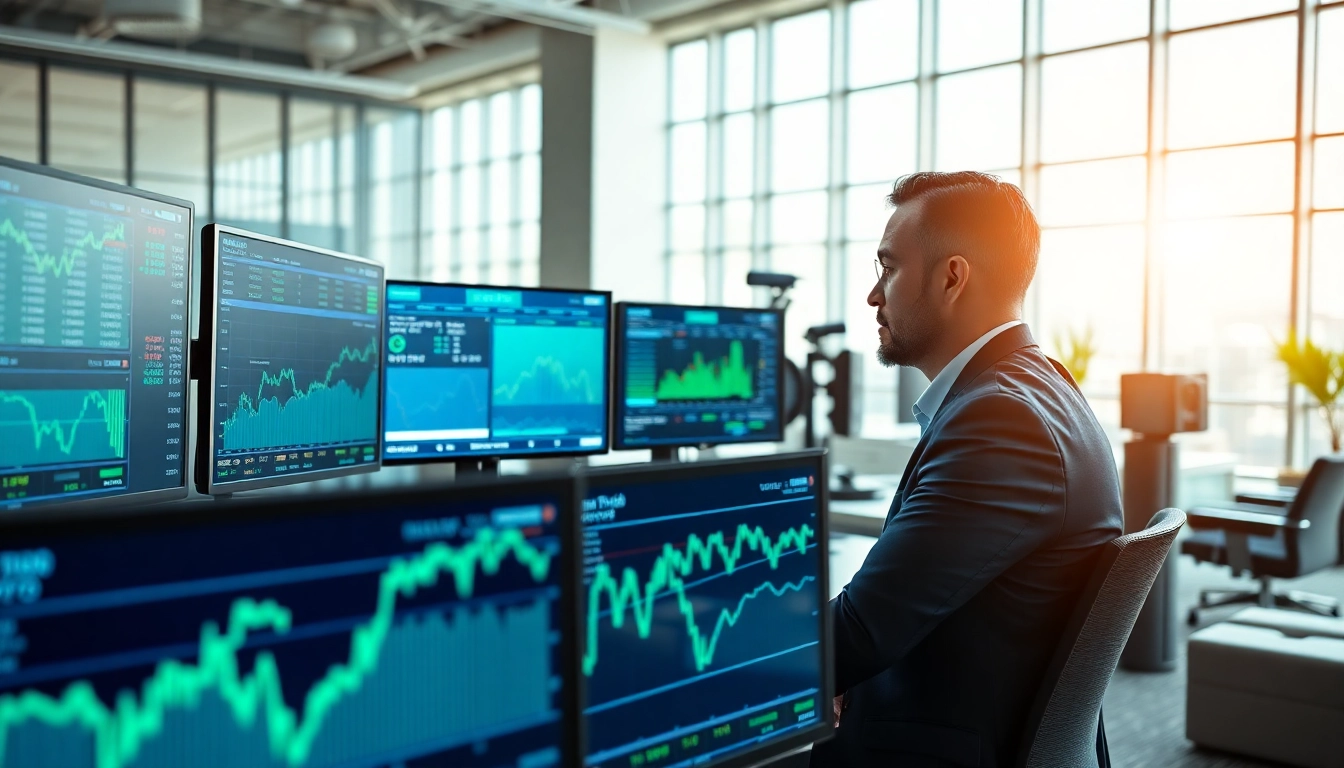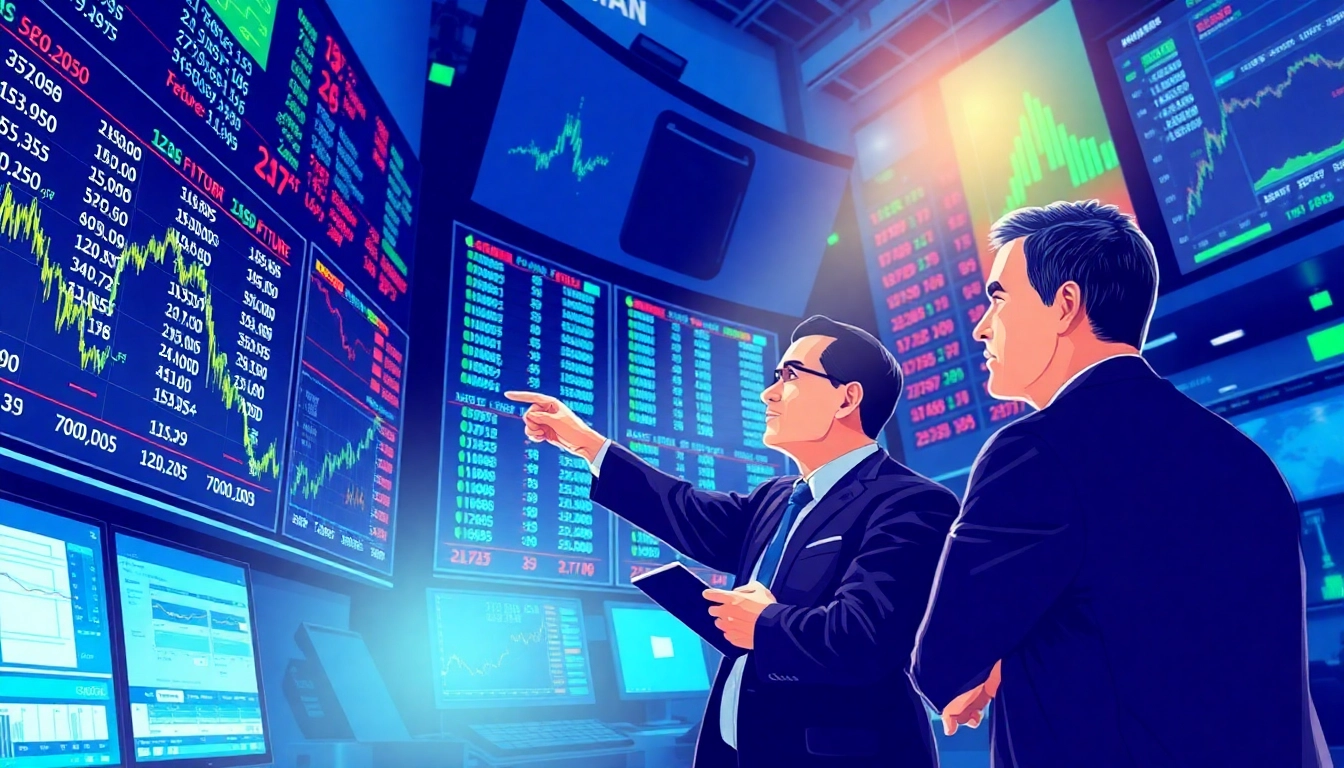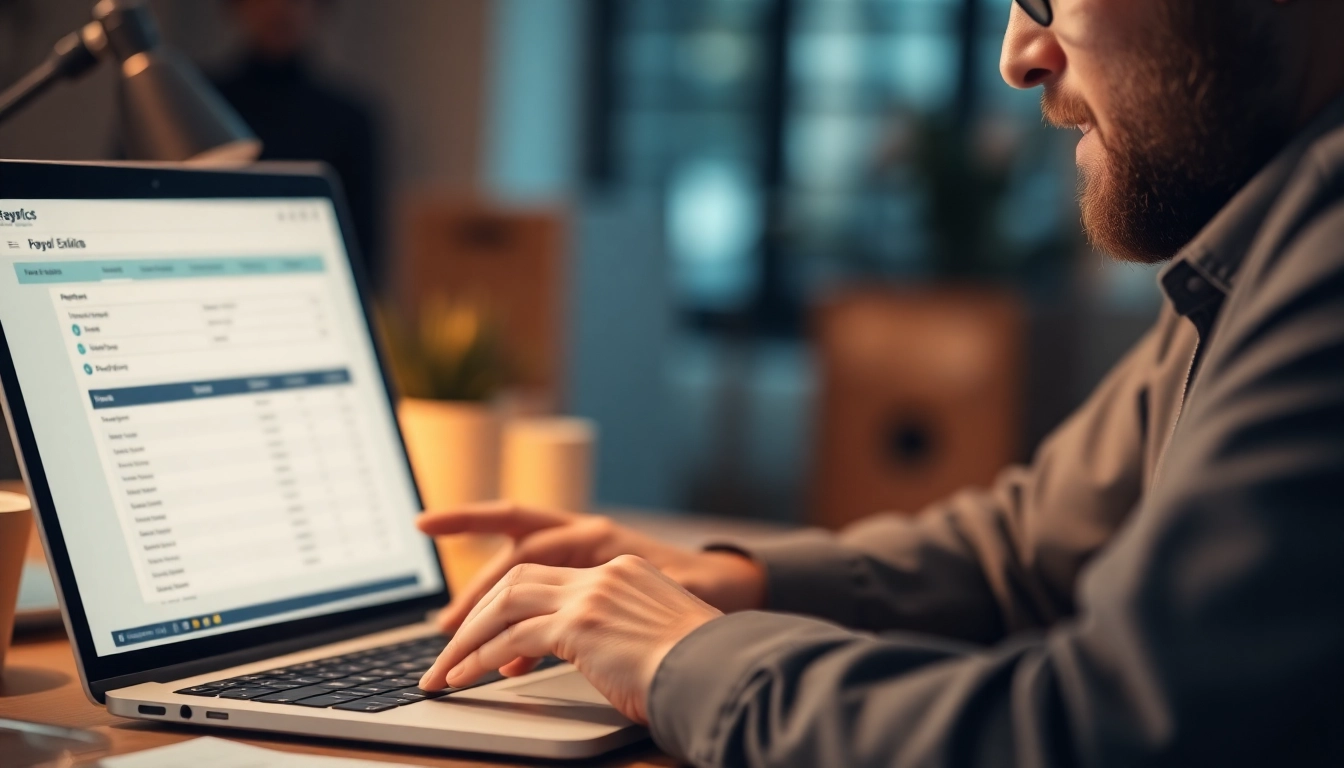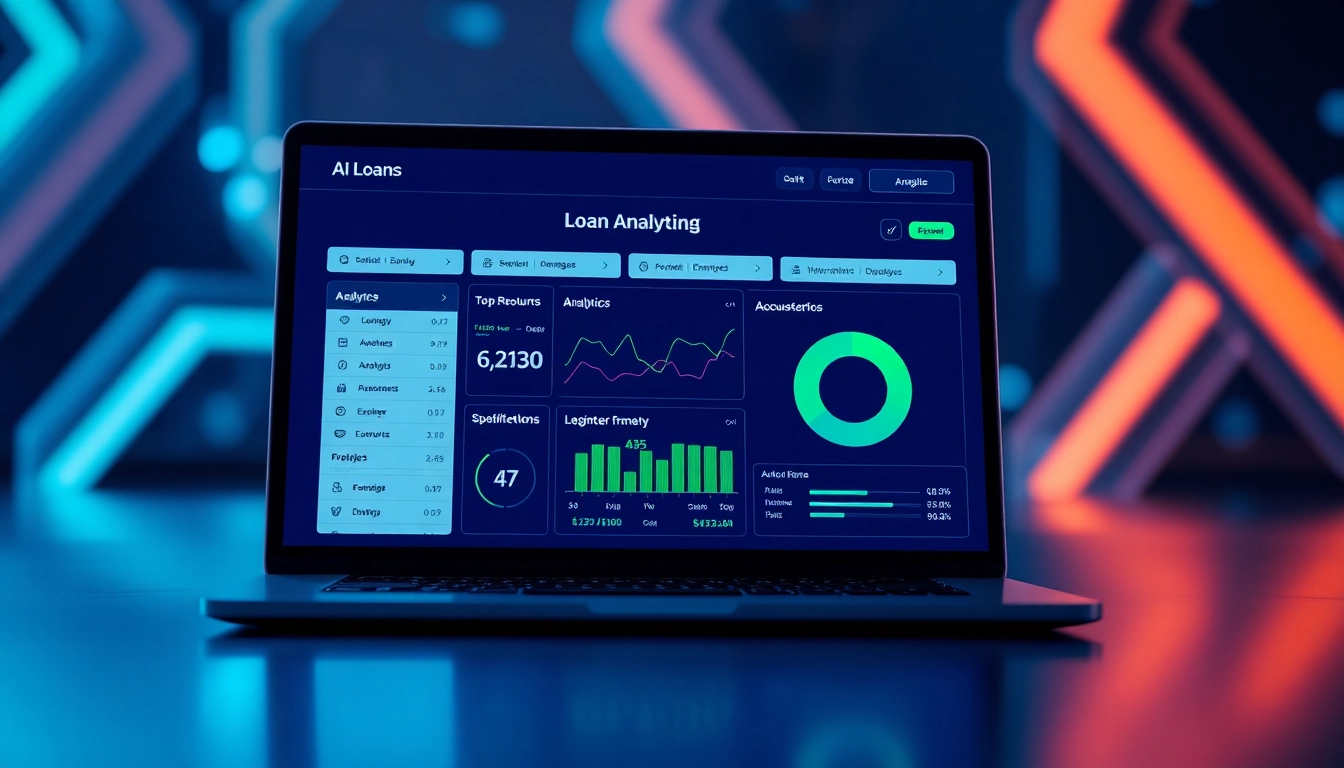Understanding Trade Futures: Basics and Beyond
Trade futures represent a critical element in today’s financial landscape, allowing investors to hedge against potential future price movements while also providing opportunities for speculative profit. For anyone interested in delving into this subject, a solid understanding of what trade futures entail is essential. The intricacies of these financial instruments require careful analysis and proficient strategy to maximize potential gains while mitigating risk. In this comprehensive guide, we’ll explore the fundamentals of trade futures, the mechanisms of commodity futures in markets, and much more to empower you with the knowledge needed to navigate this complex trading domain—starting with a solid grasp of the basics.
What Are Trade Futures?
Trade futures are standardized financial contracts obligating the buyer to purchase, and the seller to sell, an asset at a predetermined price at a specified time in the future. These assets can include commodities like oil, gold, and agricultural products, as well as financial instruments like stock indices and currencies. The primary appeal of trade futures lies in their ability to enable market participants to lock in prices and manage exposure to price fluctuations.
Through trade futures, investors can hedge against potential losses in the spot market or speculate on price movements to realize gains. Unlike stocks, which represent ownership in a company, futures contracts represent a commitment to buy or sell an asset at a future date, which adds a layer of complexity as well as potential profitability to trading practices.
The Role of Commodity Futures in Markets
Commodity futures play a pivotal role in global markets, offering liquidity and price discovery for a wide array of essential goods. Without futures contracts, the trading of commodities could be plagued by inefficiencies, price volatility, and a lack of accessible financial instruments for hedging risks. As commodities experience price fluctuations due to supply and demand dynamics, seasonal changes, geopolitical factors, and global economic conditions, futures contracts help stabilize prices and provide a reliable mechanism for suppliers and consumers to manage their respective risks.
Participants in the commodity futures market include producers, consumers, and speculators. Producers may use futures to hedge their exposure to price drops, ensuring they can obtain a predictable return on their goods. Simultaneously, consumers may lock in prices to avert the risks associated with rising costs. Speculators, on the other hand, aim to profit from price movements, thereby adding vital liquidity to the market.
Key Terminology in Trade Futures
To navigate the realm of trade futures effectively, it’s essential to familiarize yourself with key terminology. Below are some fundamental terms:
- Contract Size: The standardized quantity of the underlying asset specified in a futures contract.
- Margin: The amount of capital deposited with a broker to open and maintain a futures position, which serves as collateral against potential losses.
- Expiration Date: The date on which the futures contract expires, and the transaction must be settled.
- Settlement: The process by which obligations under a futures contract are fulfilled, either through physical delivery of the asset or cash settlement.
- Long and Short Positions: A long position is when a trader expects the price to rise, while a short position is when they anticipate a decline in prices.
How to Get Started with Trading Futures
Venturing into the world of futures trading can be an exhilarating endeavor, but it requires meticulous preparation and strategic foresight. Here’s a systematic approach to getting started in futures trading.
Setting Up Your Trading Account
The first step to engage in trade futures is to establish a trading account with a reputable brokerage that offers access to futures markets. Before selecting a broker, consider factors such as trading fees, available educational resources, customer support, and the trading platform’s usability.
Once you’ve chosen a broker, you’ll need to fill out an application and complete the necessary paperwork, which may involve providing financial information and details about your trading experience. Remember, as futures trading can be complex and leveraged, brokers may require you to meet specific financial qualifications.
Choosing the Right Futures Contracts
With your trading account in place, the next task is selecting the right futures contracts. Given the diverse range of commodities, currencies, and stock indices available for trading, it’s crucial to understand not only the instruments but also the market dynamics driving their prices.
Conduct thorough research to identify which futures contracts align with your trading strategy and risk tolerance. For instance, if you’re interested in agricultural commodities, familiarize yourself with the seasonal trends and supply chain factors impacting prices. Rely on market data and analysis tools to make informed decisions when selecting your contracts.
Fundamental Analysis for Futures Trading
Understanding fundamental analysis is vital for predicting price movements in the futures market. This analysis involves evaluating various factors that influence supply and demand dynamics, such as economic indicators, geopolitical events, and seasonal trends.
For example, traders in agricultural futures must account for climate conditions, crop yield reports, and government policies affecting production. Similarly, energy futures traders need to stay informed about changes in domestic and international regulations, OPEC announcements, and economic growth forecasts.
Combining this type of analysis with technical indicators can significantly enhance your trading strategy, enabling stronger decision-making based on data rather than conjecture.
Strategies for Successful Trade Futures
Successfully trading futures requires more than just knowledge; it calls for a well-defined strategy underpinned by sound practices. Here are several strategies that can help enhance your trading outcomes.
Diversification Techniques in Futures Trading
Diversification is a key principle in any trading strategy, and it holds particularly true in futures trading. By diversifying your portfolio across various commodities and asset classes, you can mitigate risks and reduce potential losses associated with market volatility.
Consider spreading your exposure across different sectors, such as agriculture, energy, and metals. This approach allows you to benefit from varying market conditions while insulating your overall trading performance from adverse impacts in any single sector. Moreover, maintaining a balanced mix of long and short positions can further safeguard against unfavorable price movements.
Risk Management Practices
Effective risk management practices are paramount to ensure longevity in futures trading. The use of stop-loss orders is a prevalent method employed by traders to limit potential losses. A stop-loss order automatically closes a position when a specific price level is reached, helping to protect your capital from dramatic price shifts.
Additonally, establishing a risk-reward ratio before entering a trade helps you assess the potential returns against the risks involved. For example, a risk-reward ratio of 1:3 indicates that for every dollar you risk, you expect to earn three dollars. This framework sets a baseline for evaluating potential future trades.
Using Technical Analysis to Enhance Trading
Acquiring proficiency in technical analysis can dramatically improve your futures trading strategies. By examining price charts, patterns, and technical indicators, traders can identify potential entry and exit points aligned with their strategies.
Familiarize yourself with various chart patterns—such as head and shoulders, flags, and triangles—as well as indicators like moving averages and the Relative Strength Index (RSI). These tools not only provide insights into potential price trends but also enhance your understanding of market sentiment.
Common Challenges in Trade Futures Trading
Despite the opportunities presented in futures trading, several challenges can impede a trader’s success. Identifying and addressing these challenges is crucial to achieving sustained profitability in the market.
Dealing with Market Volatility
Market volatility is inherent in the futures trading environment, and it can be caused by a myriad of factors, including economic reports, geopolitical events, and changes in supply and demand. High volatility can lead to swift price fluctuations, creating both threats and opportunities.
To navigate volatility, it is vital to implement proactive risk management techniques, such as allocating appropriate position sizes and employing stop-loss orders effectively. Additionally, staying updated on market news and emerging trends enables traders to respond to unexpected changes in real-time.
Psychological Aspects of Trading Futures
The psychological aspect of trading is one of the most profound challenges futures traders may face. Emotions such as fear, greed, and impatience can lead to impulsive decisions that do not align with your trading strategy.
To overcome these impulses, cultivate a disciplined mindset by adhering strictly to your trading plan. Consider keeping a trading journal to document your trades, thoughts, and emotional responses during each transaction. This practice enhances self-awareness and provides insightful lessons for future trades.
Mitigating Losses in Futures Contracts
Losses are an inevitable part of trading in any market, including futures. However, embracing a proactive mindset toward loss mitigation can significantly impact overall performance. Focus not on avoiding losses completely but rather on limiting their extent when they do occur.
Creating a defined exit strategy before entering a trade allows you to approach potential losses with confidence. Furthermore, assessing the performance of your past trades can provide invaluable insights into your risk exposure and help refine your strategies moving forward.
Measuring Success in Trade Futures
A robust framework for measuring success is fundamental for any trader, helping you understand the effectiveness of your strategies and informing your future trading decisions.
Performance Metrics for Evaluating Trading Strategies
When assessing your trading performance, certain metrics provide clarity on effectiveness and profitability. Metrics such as return on investment (ROI), win-loss ratio, and average profit/loss per trade serve as benchmarks to gauge success.
A win-loss ratio indicates the number of profitable trades versus unprofitable ones, allowing you to measure your overall success rate. Analyzing these metrics over time can guide strategic adjustments to enhance your trading practices.
Utilizing Feedback and Adjustments
Regularly reviewing your trading results and strategies helps identify areas for improvement. Constructive feedback should be part of your ongoing learning process, ensuring you adapt to new circumstances rapidly.
After significant changes in market conditions or performance metrics, make evaluations of your strategies and adjust as needed. This continuous improvement mindset sharpens your skills and fosters greater resilience in the face of market challenges.
The Importance of Continual Learning in Futures Trading
The ever-evolving nature of financial markets necessitates continuous learning for futures traders. Staying informed about new trading techniques, revised regulations, and technological advancements enhances your adaptability and decision-making capabilities.
Engage with reputable industry resources such as online courses, webinars, and trading communities. Actively participating in forums can also offer new insights and broaden your understanding of diverse trading perspectives. This culture of continuous education lays the foundation for a successful trading journey.








Leave a Reply